Tanzania Safaris: Delights & Discoveries
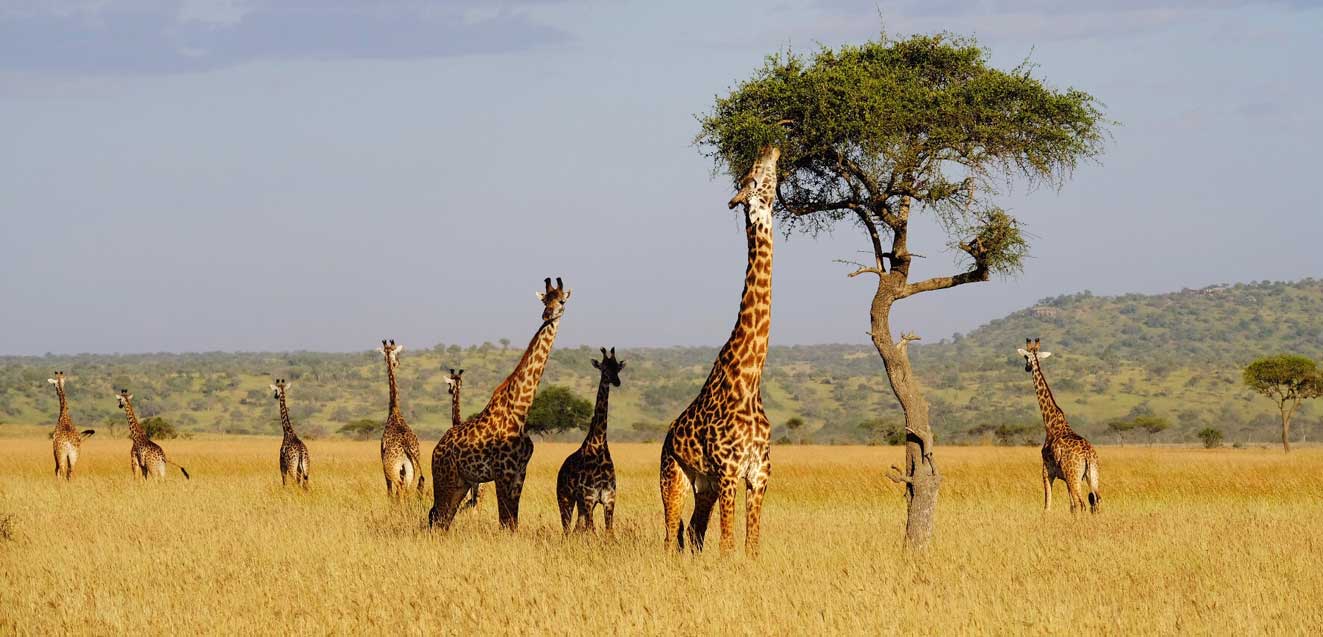
GeoEx’s Kim Keating and Jenny Velasco are back from scouting trips in East Africa. They share some of their favorite discoveries, eye-opening moments, and beautiful photographs from their north-to-south adventures in Tanzania.
Ngorongoro Crater
When talking about Tanzania destinations, one of the first things I am asked about is the Ngorongoro Crater. A UNESCO World Heritage Site formed two to three million years ago, the crater is the planet’s largest intact volcanic caldera. It’s also home to one of the largest densities of wildlife in Africa. Because of these remarkable characteristics, the Ngorongoro Crater is one of the most visited landmarks in Africa. It’s gotten a bad rap over the last few years for being crowded. And it is. There is almost nowhere in the crater that you can go without running into other vehicles.
But my recent trip changed my entire perspective on visiting the Ngorongoro. I stayed about an hour from the crater’s rim at Asilia’s brand new camp, The Highlands, which is set far from other camps and is surrounded by Maasai villages. It takes guests away from large crowds and allows them to enjoy a more authentic Maasai experience. We visited a monthly Maasai market: a gorgeous sea of red with a few goats running around here and there. The camp’s location also provides the opportunity to do some great hiking to break up the hours spent bumping around in safari vehicles. This fresh spin on the crater makes it a “don’t miss” for any Tanzania itinerary. –Kim Keating
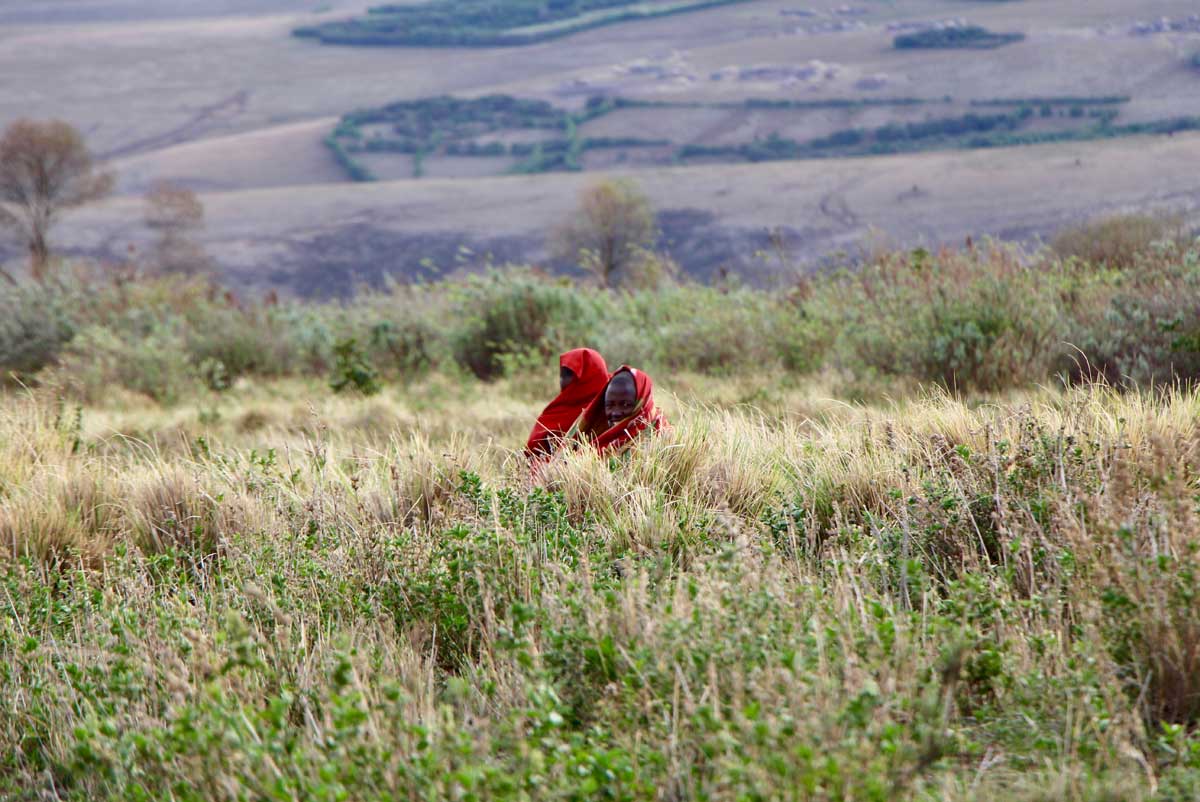
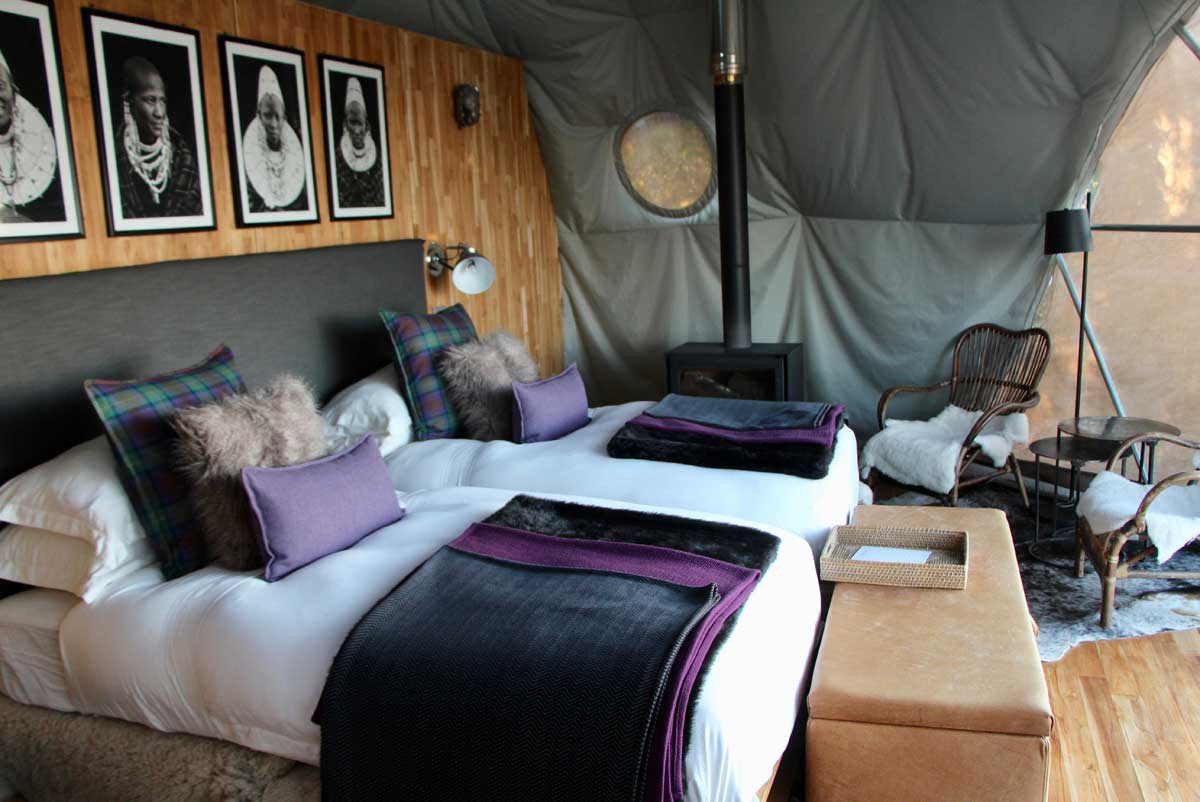
Serengeti National Park
If the Ngorongoro Crater is the first thing in Tanzania that I get asked about, the Serengeti is a very close second. The Serengeti is especially famous for the well-documented Great Migration, but it’s much more than that. The park’s 5,700 square miles includes savannah, grassland, woodland, and river ecosystems. The abundance of wildlife is truly astounding. In a single morning, we saw lion cubs, cheetahs hunting, hyenas scavenging, and leopards lounging in the kopjes. Because of the Serengeti’s impressive size, it never feels crowded with people and the wildlife is jaw-dropping. –Kim Keating
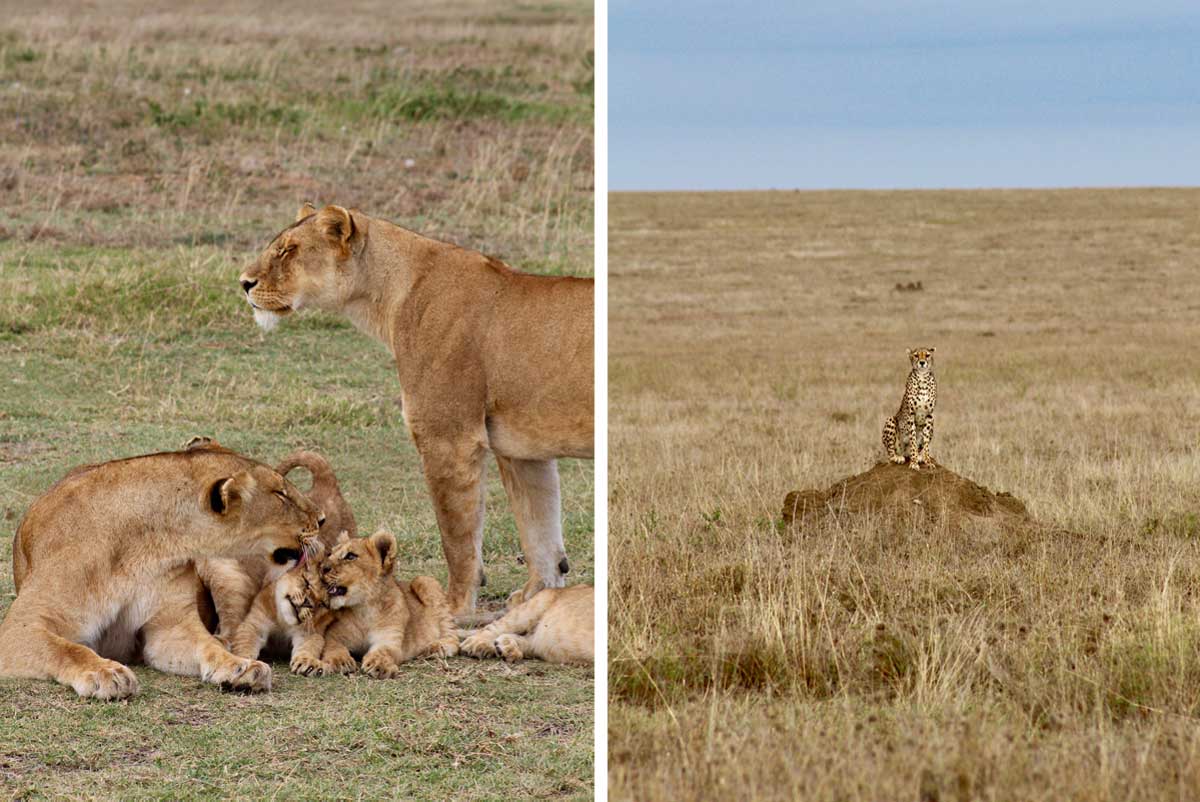
Serengeti means “endless plains” in the Maasai language, and the name couldn’t be more apt. I remember a golden savannah that stretched on and on, playing host to wildebeests, zebras, big cats, giraffes, and iconic acacias. When I arrived at camp, my guide told me that the Great Migration had begun and pointed to the hundreds of wildebeests grazing on the hillside and descending to the nearby watering hole. But I had no idea what was in store. At the end of that afternoon’s game drive, as the sun sank toward the horizon, our vehicle made its way to the top of a hill and I stood mesmerized, gazing out onto a sea of wildebeests, thousands and thousands of them in every direction. –Jenny Velasco
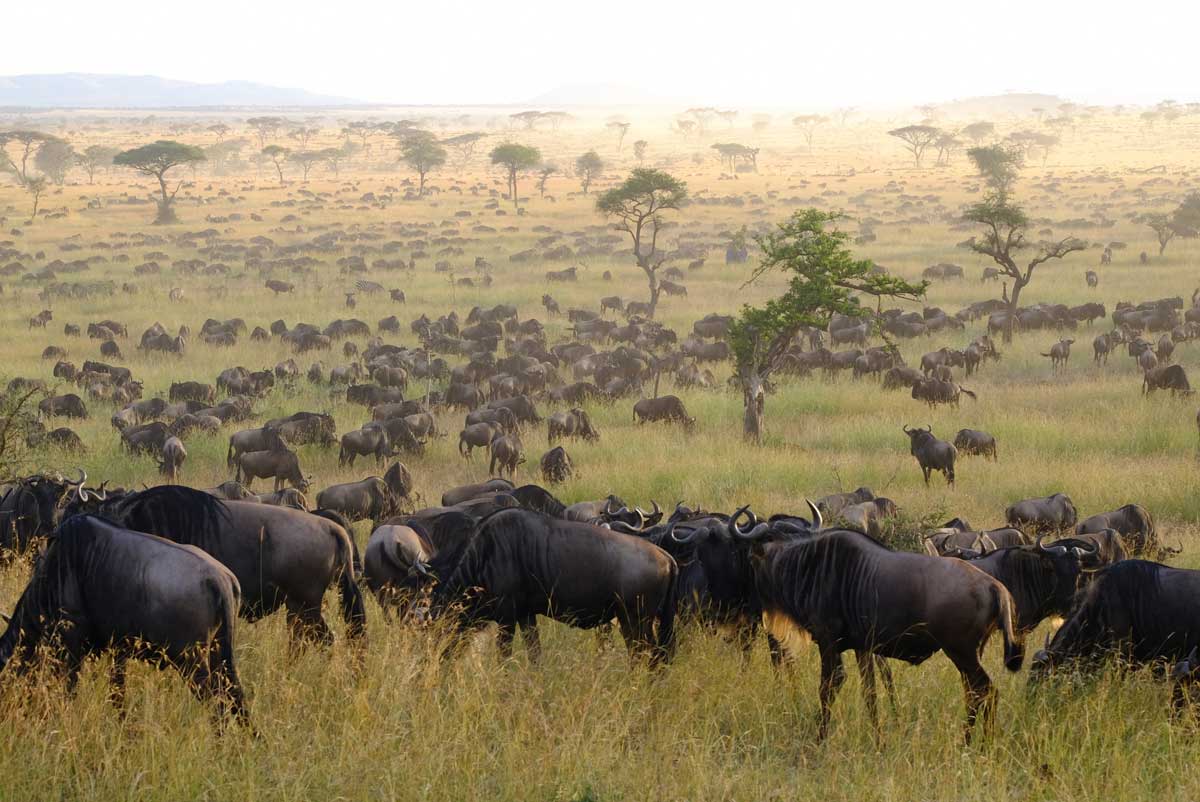
Lake Manyara
I wasn’t lucky enough to spot Lake Manyara National Park’s famous tree-climbing lions, but in one afternoon, traversing this small park along the single road that runs north to south, I saw beautiful breeding herds of elephants, yellow-billed storks perched high in the treetops, and the lakeshore blanketed with flamingos and great white pelicans. –Jenny Velasco
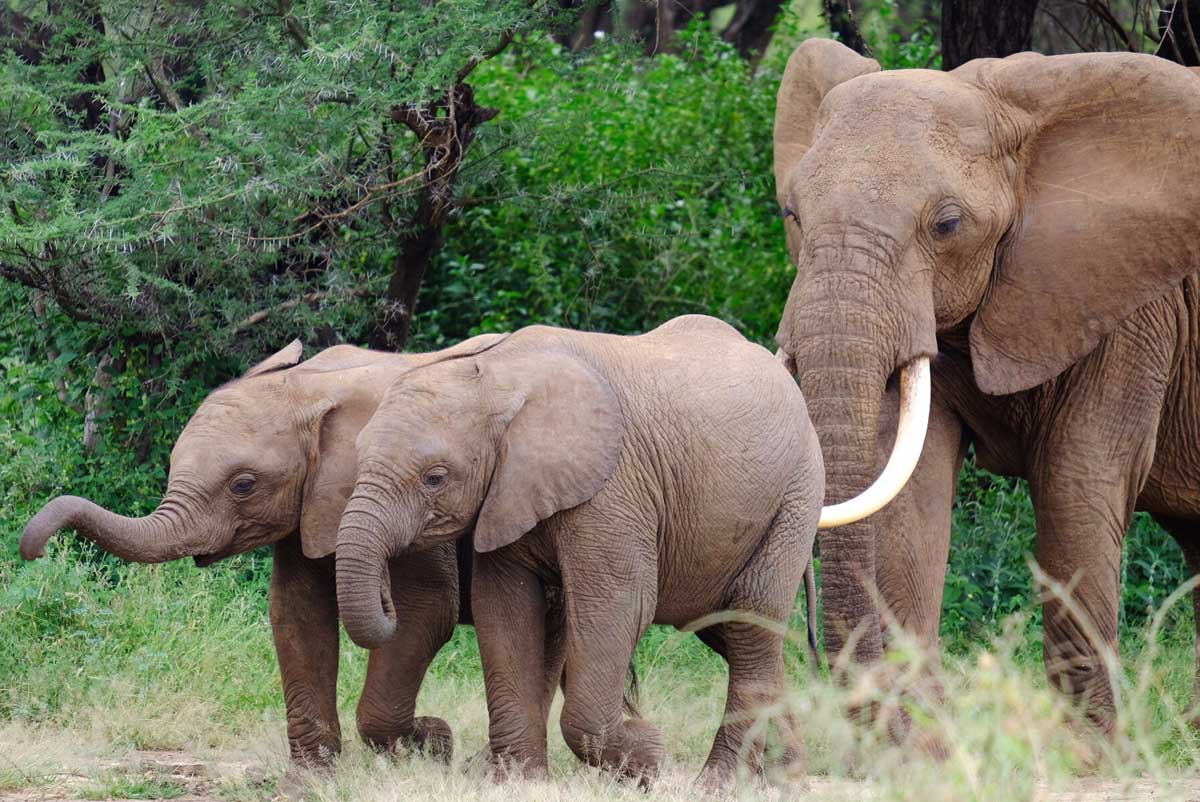
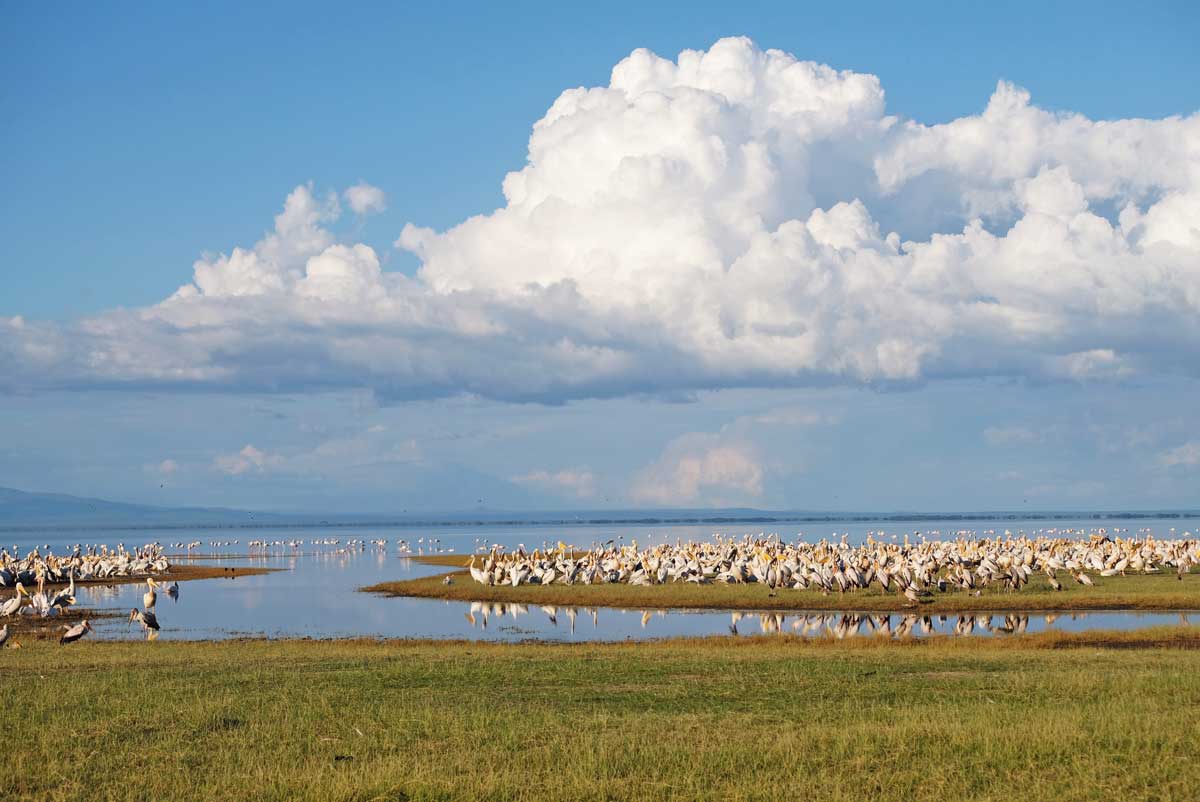
Ruaha National Park
Tanzania is most famous for its conservation areas in the north, but what many people don’t realize is that there are stunning national parks in the south as well, such as Ruaha. Visiting Ruaha National Park felt like stepping back in safari time—a true wilderness, off the beaten track and free of crowds. Ruaha had some of the best walking activities that I’ve ever done on safari and incredible animal sightings (one of our most striking was of two lions feeding on a recently killed giraffe), along with gorgeous sunrises and sunsets! – Kim Keating
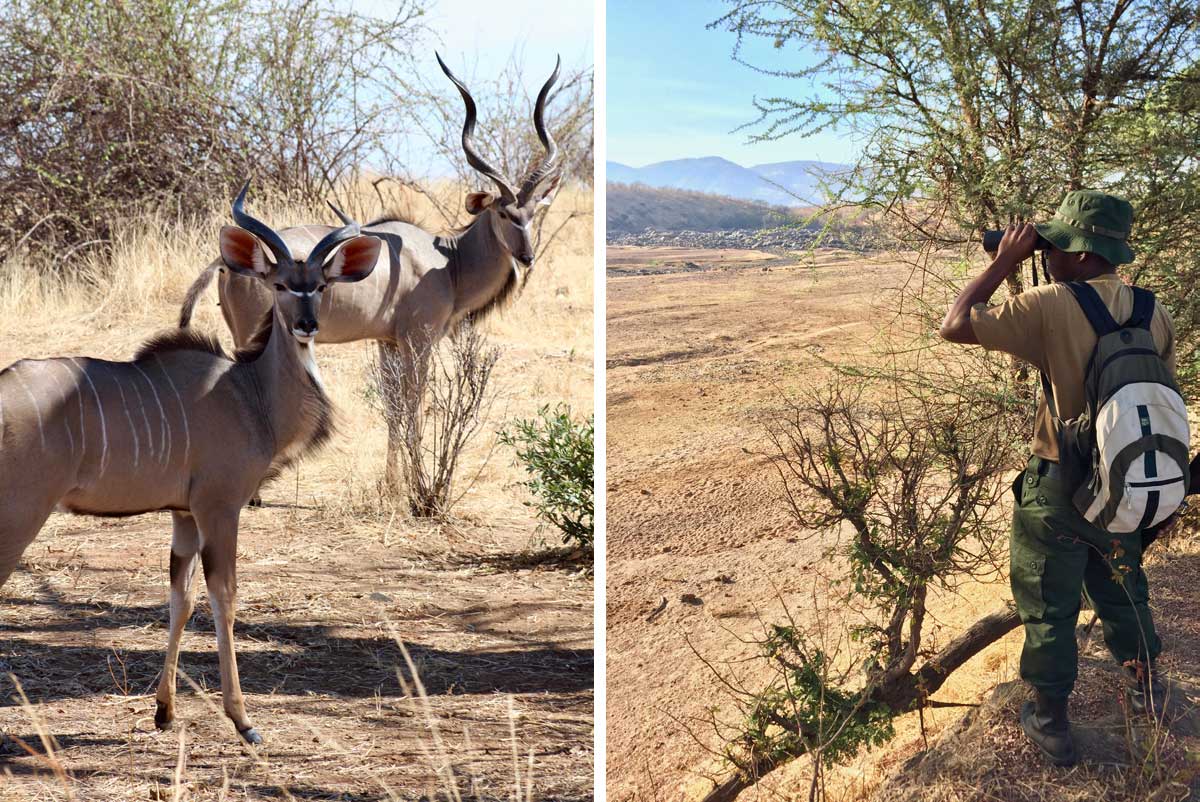
Although my first impressions of Ruaha were underwhelming (our bush plane landed in the heat of the day, with the sun shining harshly on the park’s baobab trees and rocky outcrops), the beauty of the park didn’t take long to reveal itself and Ruaha won me over. On my first game drive, I watched a pride of lions lazing in a dry riverbed, the males looking skinny and in need of a sustenance, but magnificent nonetheless. Later I bumped into a massive herd of Cape buffalo on a night drive. I watched fascinating elephant herds bathing in dust and marveled at the mamas fiercely protecting their young. I awoke in the dark hours of the early morning to the low rumble of a lion’s predatory calls. And the sunsets in Ruaha were breathtaking. –Jenny Velasco
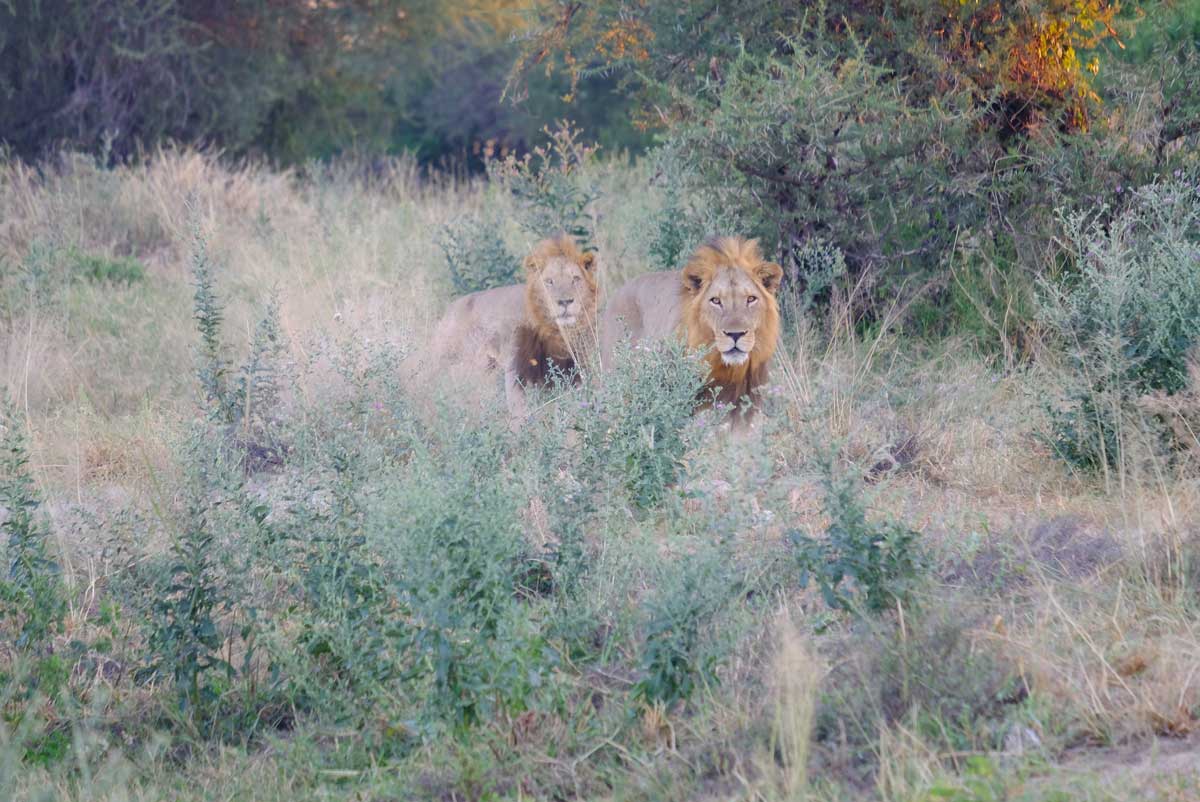
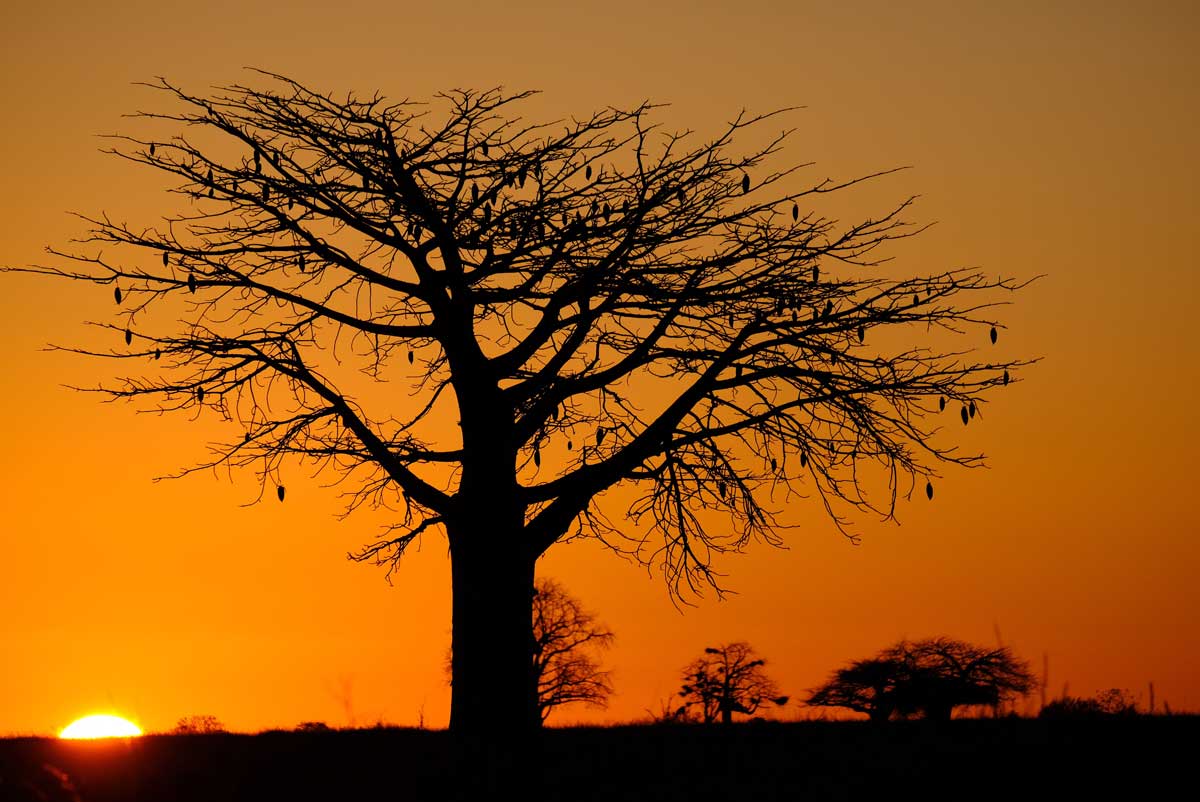
Ruaha is Tanzania’s largest national park, but there are very few camps within the region. Enter Jabali Ridge, a recently opened, exclusive property set on a rocky hilltop overlooking the park. You don’t even need to get in a vehicle to see wildlife! Morning and evening game drives get you out when it’s still comfortably cool. Back at camp midday, you can combat the heat with a dive in the swimming pool or a drink at the shaded outdoor bar (which has special varieties of gin from all over the world). The suites are all stylishly decorated and have private decks. –Kim Keating
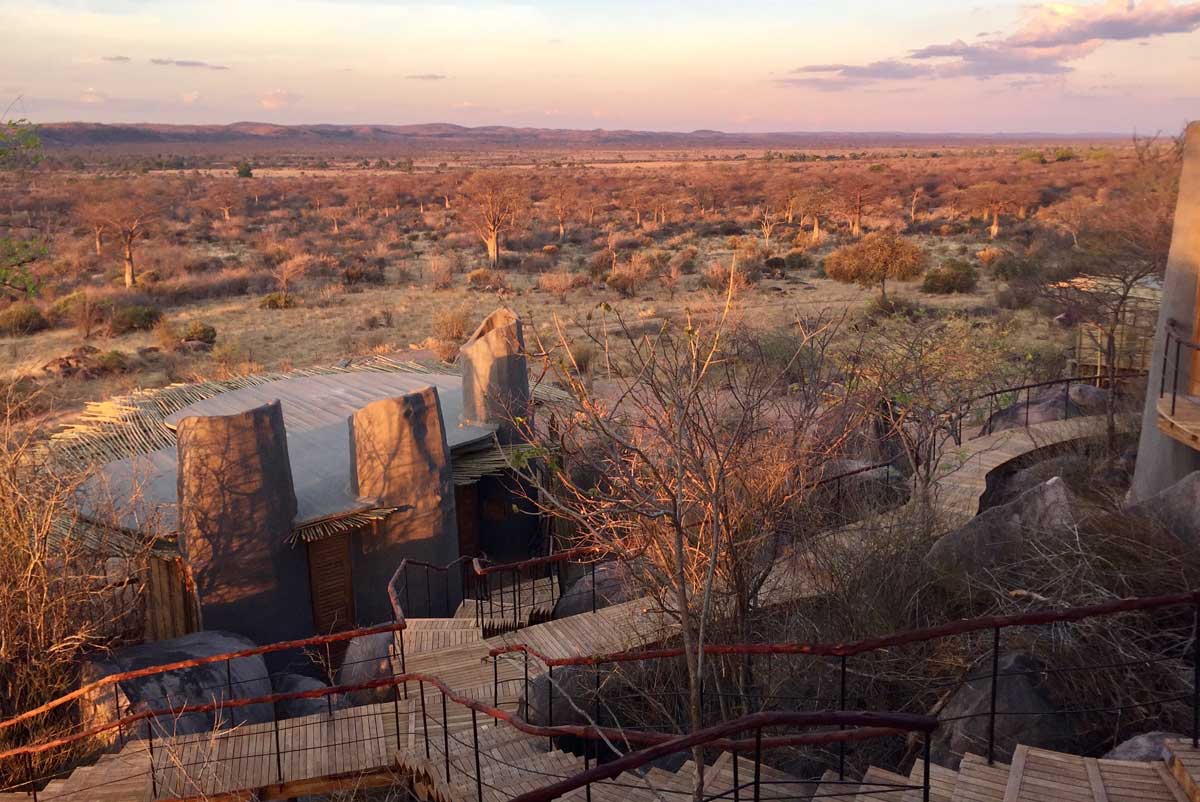
Selous Game Reserve
Flying into southern Tanzania’s immense Selous Game Reserve, I couldn’t help but think, this is a world away from the Serengeti. Golden plains gave way to thick emerald vegetation bisected by the wide Rufiji River, and acacias gave way to palm trees. Cruising up the Rufiji by boat, I watched hippos stealthily disappear underwater and spotted yellow baboons in the towering cliffs covered in lush greenery. – Jenny Velasco
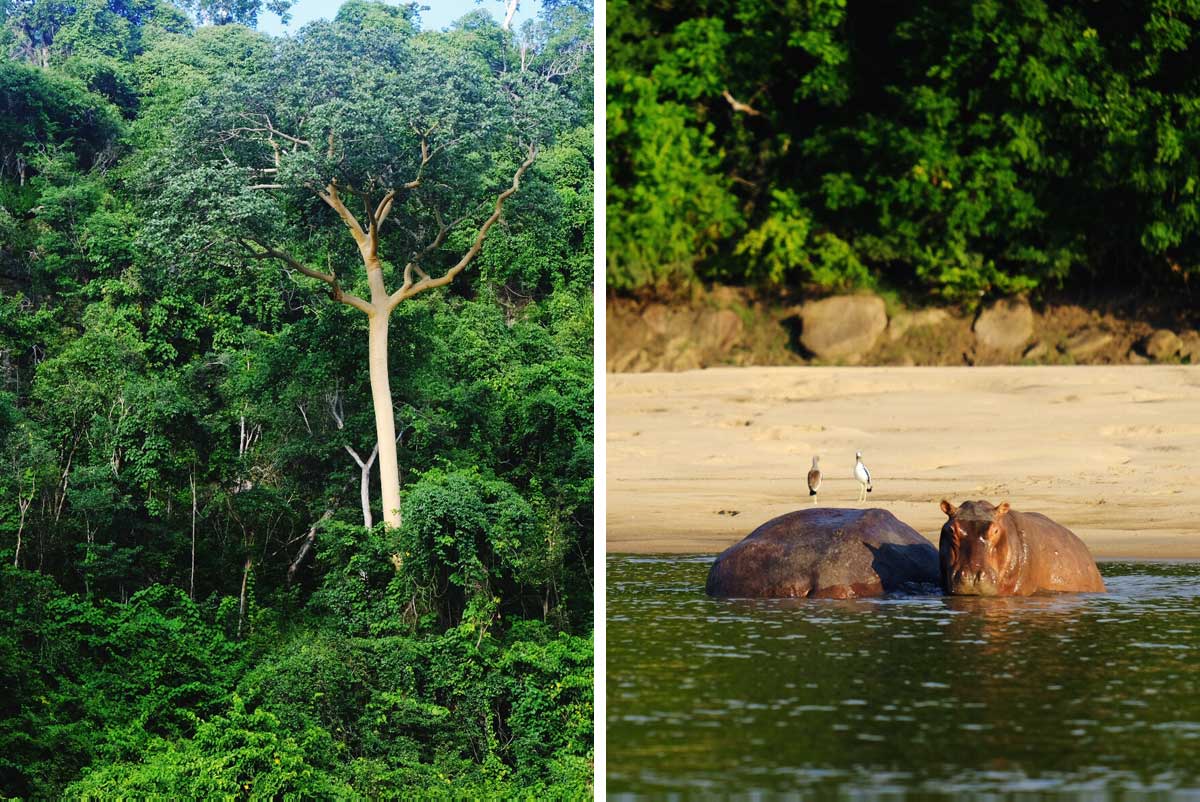
Private Concessions in Tanzania
Tanzania’s 16 national parks, covering more than 26,000 square miles, are beautiful and well maintained by the Tanzania National Parks Authority, but some of the restrictions that are understandably put in place to protect the parks—like not always being able to do night drives and walking safaris or to drive off the designated roads—can be frustrating for visitors.
Over the last decade, private concessions have popped up in Tanzania, and they are a game changer! I spent four days on the private Singita Grumeti Reserve and was absolutely blown away. While I was on the reserve, I hardly saw another vehicle—a huge contrast to some of the national parks whose big game can attract more than 10 vehicles per sighting. We were also able to go off road and spend an isolated hour watching a sleepy pride of lions, one of whom curled up right next to our vehicle’s tire!
Another reason that I love private concessions is that they are at the forefront of conservation efforts. Singita Grumeti, for example, took over land that had been a hunting block and turned it into a private concession. At first, the game was skittish and sightings were hard to come by. But after their 10-plus years of conservation work, you can’t go far without a sighting. Private concessions enhance the game-viewing experience and conservation knowledge of those who visit, and I hope that they are here to stay. –Kim Keating
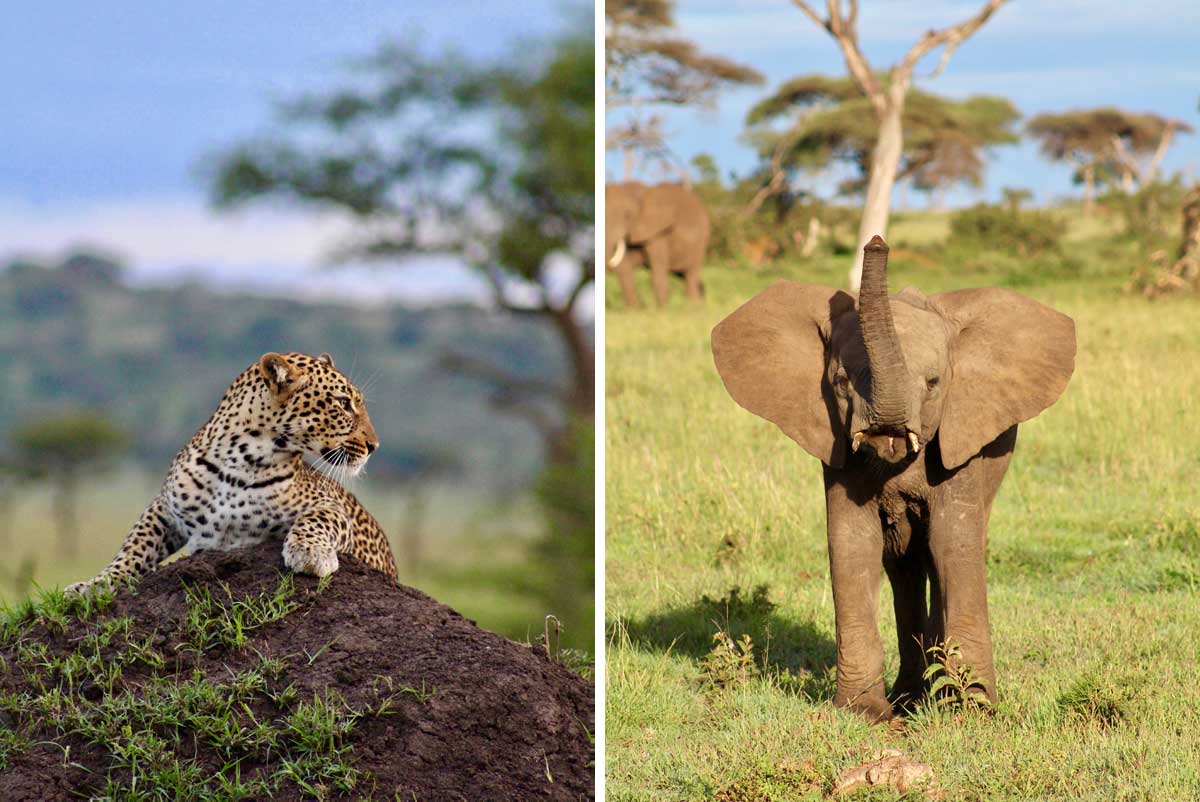
Chem Chem Reserve (Tarangire)
Speaking of private concessions, one of my favorites is located just two hours outside of Arusha. Bordering Tarangire National Park, Chem Chem combines the classic landscape of Tarangire with the exclusivity that comes with being on a private concession. The elephant population there was astounding. Huge herds of tusker elephants! I could sit and watch them for hours. –Kim Keating
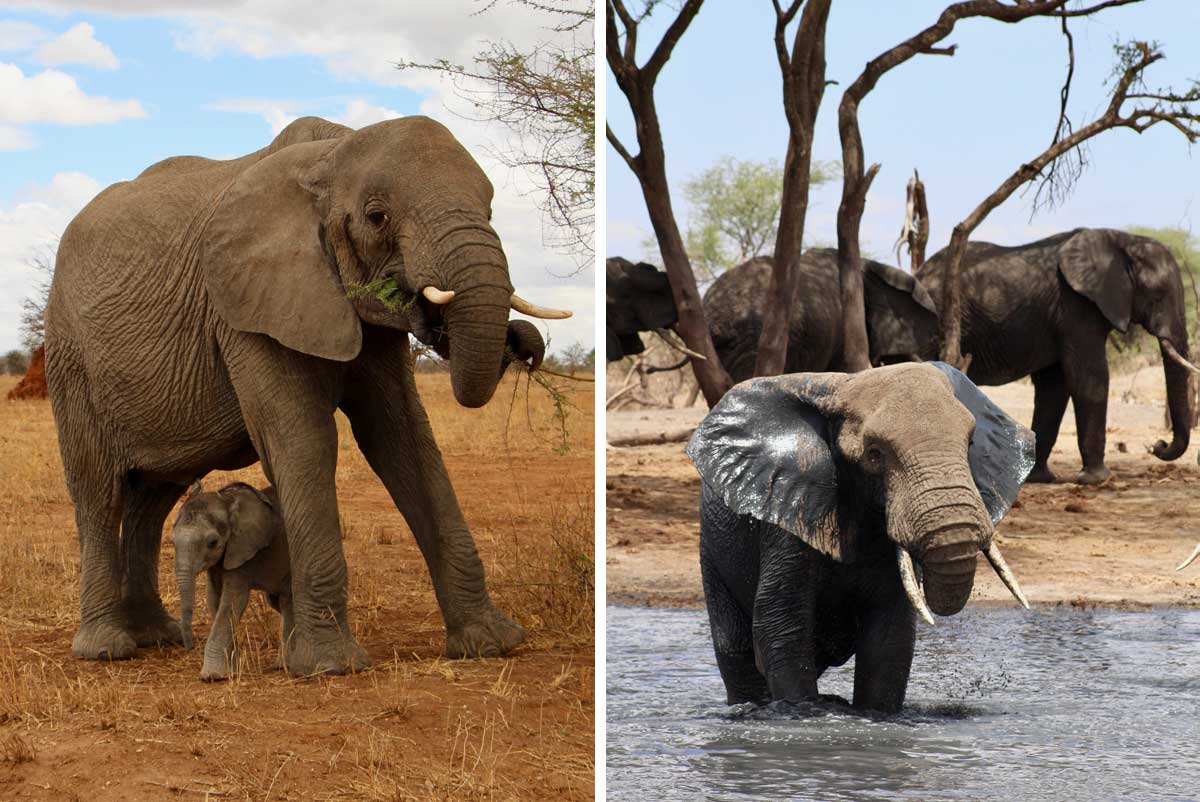
Chem Chem works closely with the communities surrounding the wildlife areas as well. I visited a school that Chem Chem supports, which was a blast. As soon as we pulled up, kids swarmed the vehicle and wanted to hold my hand. We talked about where I’m from, animal conservation, and what they were studying in school. I’m pretty sure that the closest I’ll ever come to feeling like a celebrity is visiting primary schools in Africa! Another fun moment at Chem Chem came when I went on a run with a Maasai who works there. The experience of jogging across the open plains beat out my embarrassment of running drastically slower than someone wearing flip-flops fashioned out of old tires! –Kim Keating
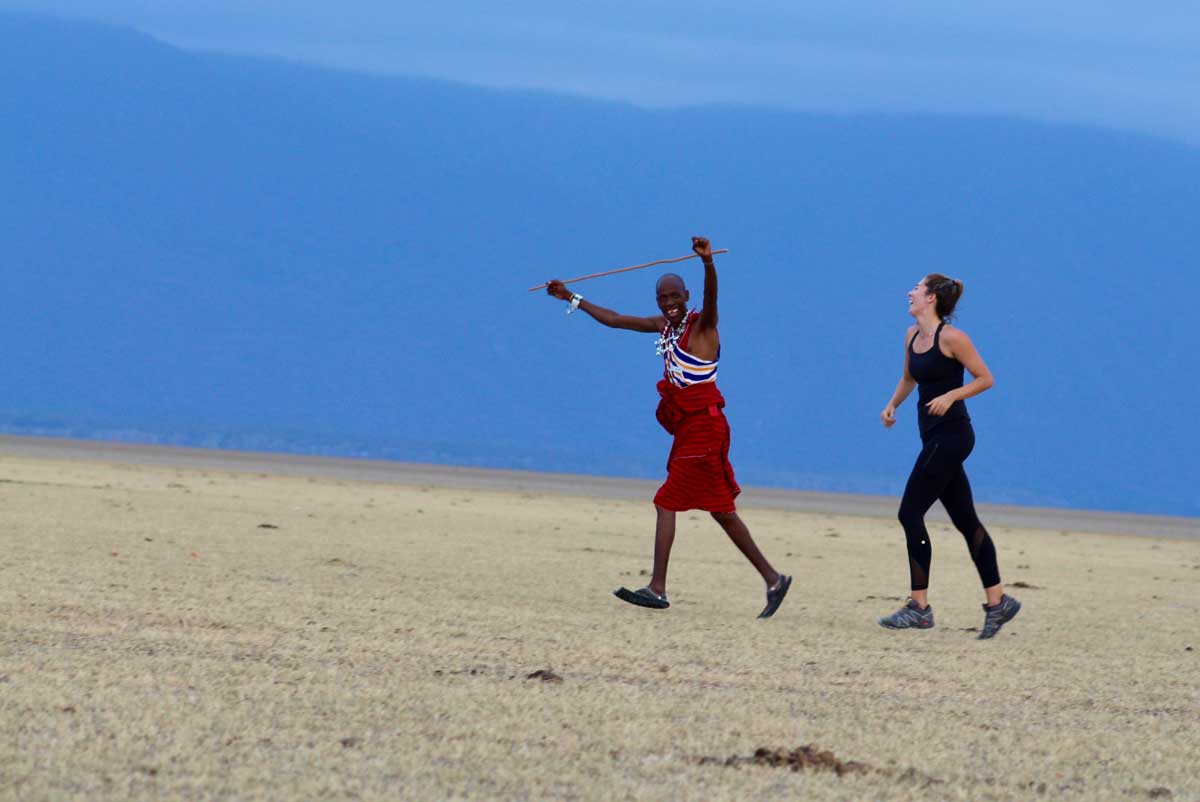
# # # # #
Kim Keating, a GeoEx Director for Africa, has been globetrotting since she first fell in love with Zimbabwe many years ago and delights in planning unforgettable safaris for GeoEx travelers.
Jenny Velasco, Director of Special Projects at GeoEx, has adventured to the valleys of Bhutan, the glaciers of Patagonia, the plains of Tanzania, and many astonishing places in between.
To learn more about GeoEx Safaris, give Kim or any of our Africa aficionados a call at 888-570-7108.

